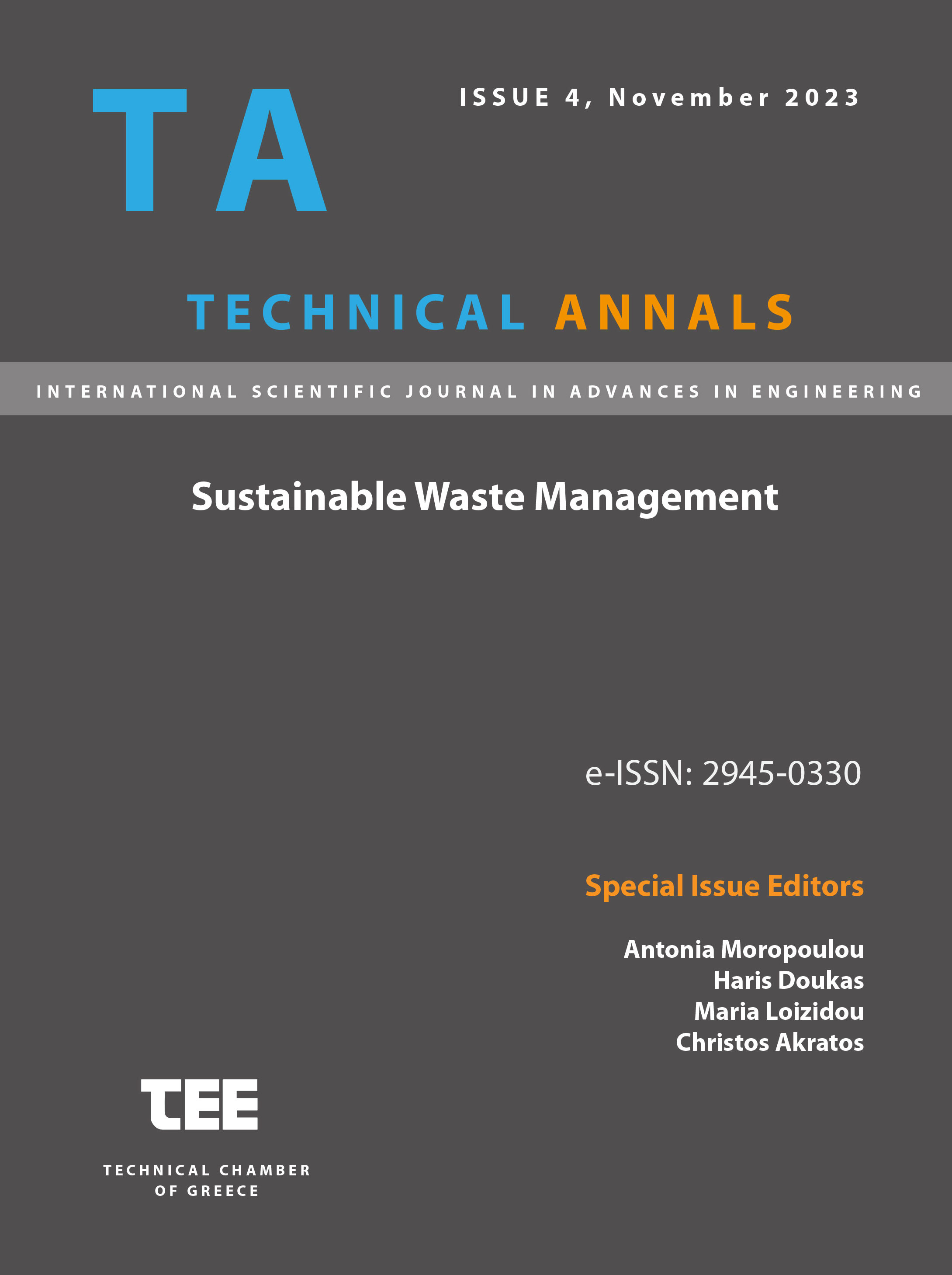Design of an innovative system for the detoxification of pharmaceutical wastewater

Abstract
The concentration of Active Pharmaceutical Ingredients (APIs) in wastewater is directly affected by the increasing worldwide use of pharmaceuticals. The release of the wastewater may contaminate the surface water and marine life. Conventional wastewater treatment plants are unable to remove completely all APIs. The most frequently used methods are conventional activated sludge system (CAS) and membrane biological reactors (MBR), based on studies the removal percentage of APIs was lower than 10% in some compounds. Catalytic hydrogenation is a highly effective water treatment process that offers superior selectivity and reactivity compared to traditional methods, without the use of any chemicals. There is no need for additional wastewater treatment to remove any toxic byproducts that may be produced, making the process cost-effective and efficient. The catalytic reactions of hydrogenation are also rapid reactions with short residence times and smaller reactors, reducing both the operations and installation costs. The pilot will operate under room temperature and pressure conditions. This pilot will fully operate with renewable energy-solar energy (RES). The main components of the developed pilot system are a mixing tank, a filtration system, a water electrolysis unit operating with RES and a catalytic reactor where the concentrated stream from filtration system will be treated. In this reactor, the pharmaceutical compounds in the presence of a catalyst will be hydrogenated and converted to non-critical organic matter.
Article Details
- How to Cite
-
Giouni, E. A., kyriazi, M., Malamis, D., & LOIZIDOU, M. (2023). Design of an innovative system for the detoxification of pharmaceutical wastewater . Technical Annals, 1(4). https://doi.org/10.12681/ta.35979
- Section
- Environment

This work is licensed under a Creative Commons Attribution-NonCommercial-ShareAlike 4.0 International License.


